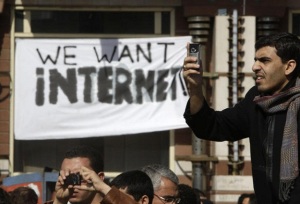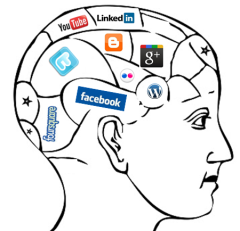
If you’re like most people, a Facebook vacation may be in your future…
Facebook now has more than 1 billion users. That’s a lot. And most of us are aware the social networking site is the largest in the world. Facebook has seemingly proliferated nearly every crevice of the ‘interwebs.’ Websites are using Facebook widgets in place of the ‘traditional’ comment section, the Facebook share button sits next to nearly every blog post and most people check their Facebook news feed several times a day.
For many of us, Facebook is such a huge part of our lives that it can be hard to get away from the daily dose of friend updates, brand pages marketing their products and news about the site itself. I get made fun of for my constant social media consumption–I’m always on the hunt for articles spanning a wide array of topics just so I can share it across my networks. All this Facebook usage and consumption of updates from our online social networks can be rather taxing. Even I take a break from time-to-time. According to the infographic from onlinecollegecourses.com below, I’m not alone–61 percent of current Facebook users have taken a break from Facebook for one week or longer.
The infographic states several reasons why people feel the need to take a brief hiatus from Facebook. For me, it’s just nice to ‘unplug’ for a day or two just to clear my mind a bit. Take a look at the infographic below and let me know if you’ve taken a break from Facebook or if you plan to soon.













